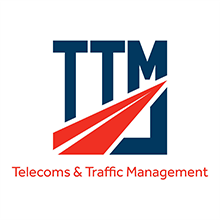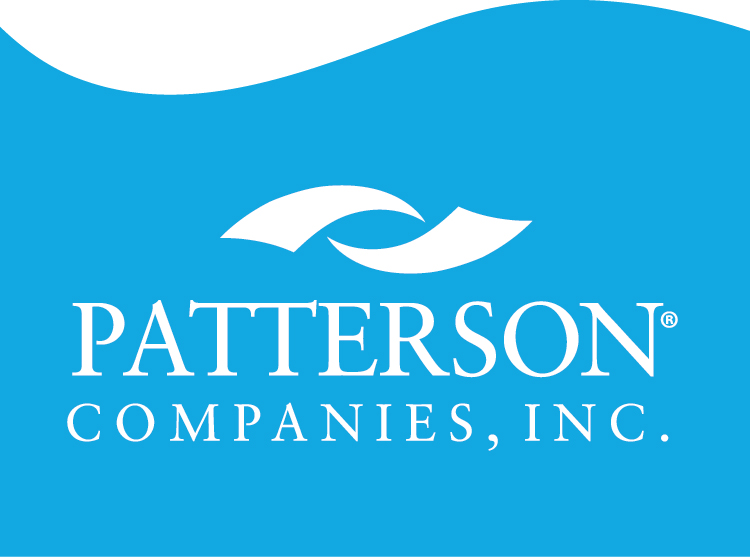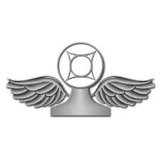Title Page
-
Conducted on
-
Prepared by
-
Location
Untitled Page
-
Accident, Incident and Near Miss Management
-
Global Light Ltd, as an employer, has a duty to ensure so far as is reasonably practicable, the health and safety and welfare at work of all its employees (including sub contractors
-
Global Light Ltd would like, therefore, to advise you of the following process that should be adopted if / when an Accident, Incident or Near Miss occurs
-
What to do:
-
In case of an accident, Incident or near miss has been reported by a Global Light Ltd Engineer or subcontractor the report must be documented appropriately by the Global Light Ltd Office Manager or suitably qualified person
-
If the Accident, Incident has been dealt with the Global Light Ltd office manager must collate all information relating to the situation and if required report to the HSE providing copies of all documentation and photographs concerning the accident/incident
-
In the case of a situation that has not been dealt with the Global Light office manager must check the following;
-
Are first aiders/emergency services required/in attendance – if not gather details of the accident/incident and call for assistance without delay
-
Inform the Site Officer (Project Manager) / Site Owner (the most relevant person) that an accident has occurred and the Emergency Services will be attending
-
Global Light Ltd office manager will advise next of kin if required
-
The Global Light Office manager must also:
-
The Global Light Ltd office manager must inform the Global Light Ltd MD of any accidents, incidents, near misses or reported hazards when they arise
-
The Global Light Ltd office manager must ensure that the accident, incident reporting forms are completed within 24 hours and conduct an investigation into the situation within 7 days
-
Global Light Ltd office manager will liaise with the site owner/representative for updates on actions if required / taken
-
All reported Accidents, Incidents, Near Misses and hazards will be recorded and investigated and where required preventative actions initiated. GL Form No 18 refers
-
Personal information gathered will be kept by the office manager in a lockable file
-
The investigation must include details of all persons involved, what happened, when it happened, how it was dealt with and any resulting actions required or implemented. The investigation should also include details of witnesses. The information must be gathered as soon as possible after the event with supporting photographs if possible. Initial investigation will be made by the Office Manager, Elaine Austin, however, input may be required from other sources i.e. H&S Representative, On scene First Aider(s) etc
-
Types of reportable incidents to the HSE
-
Deaths and injuries
-
If someone has died or has been injured because of a work-related accident this may have to be reported. Not all accidents need to be reported, other than for certain , a RIDDOR report is required only when:
-
the accident is
-
it results in an injury of a type which is reportable
-
Types of reportable injury
-
The death of any person
-
All deaths to workers and non-workers, with the exception of suicides, must be reported if they arise from a work-related accident, including an act of physical violence to a worker
-
Specified injuries to workers
-
The list of 'specified injuries' in RIDDOR 2013 replaces the previous list of 'major injuries' in RIDDOR 1995. Specified injuries are (regulation 4):
-
fractures, other than to fingers, thumbs and toes
-
amputations
-
any injury likely to lead to permanent loss of sight or reduction in sight
-
any crush injury to the head or torso causing damage to the brain or internal organs
-
serious burns (including scalding) which:
-
covers more than 10% of the body
-
causes significant damage to the eyes, respiratory system or other vital organs
-
any scalping requiring hospital treatment
-
any loss of consciousness caused by head injury or asphyxia
-
any other injury arising from working in an enclosed space which:
-
leads to hypothermia or heat-induced illness
-
requires resuscitation or admittance to hospital for more than 24 hours
-
For further guidance on is available
-
Over-seven-day incapacitation of a worker
-
Accidents must be reported where they result in an employee or self-employed person being away from work, or unable to perform their normal work duties, for more than seven consecutive days as the result of their injury. This seven day period does not include the day of the accident, but does include weekends and rest days. The report must be made within 15 days of the accident
-
Over-three-day incapacitation
-
Accidents must be recorded, but not reported where they result in a worker being incapacitated for more than three consecutive days. If you are an employer, who must keep an accident book under the Social Security (Claims and Payments) Regulations 1979, that record will be enough
-
Non fatal accidents to non-workers (eg members of the public)
-
Accidents to members of the public or others who are not at work must be reported if they result in an injury and the person is taken directly from the scene of the accident to hospital for treatment to that injury. Examinations and diagnostic tests do not constitute 'treatment' in such circumstances
-
There is no need to report incidents where people are taken to hospital purely as a precaution when no injury is apparent
-
If the accident occurred at a hospital, the report only needs to be made if the injury is a '' (see above)
-
Occupational diseases
-
Employers and self-employed people must report diagnoses of certain occupational diseases, where these are likely to have been caused or made worse by their work: These diseases include (regulations 8 and 9):
-
carpal tunnel syndrome;
-
severe cramp of the hand or forearm;
-
occupational dermatitis;
-
hand-arm vibration syndrome;
-
occupational asthma;
-
tendonitis or tenosynovitis of the hand or forearm;
-
any occupational cancer;
-
any disease attributed to an occupational exposure to a biological agent
-
Further guidance on is available
-
Specific guidance is also available for:
-
Dangerous occurrences
-
Dangerous occurrences are certain, specified near-miss events. Not all such events require reporting. There are 27 categories of dangerous occurrences that are relevant to most workplaces, for example:
-
the collapse, overturning or failure of load-bearing parts of lifts and lifting equipment;
-
plant or equipment coming into contact with overhead power lines;
-
the accidental release of any substance which could cause injury to any person
-
Further guidance on these is available
-
Additional categories of dangerous occurrences apply to and relevant transport systems ( etc)
-
Gas incidents
-
Distributors, fillers, importers & suppliers of flammable gas must report incidents where someone has died, lost consciousness, or been taken to hospital for treatment to an injury arising in connection with that gas. Such incidents should be reported using the
-
Registered gas engineers (under the Gas Safe Register,) must provide details of any gas appliances or fittings that they consider to be dangerous, to such an extent that people could die, lose consciousness or require hospital treatment. The danger could be due to the design, construction, installation, modification or servicing of that appliance or fitting, which could cause:
-
an accidental leakage of gas;
-
incomplete combustion of gas or;
-
inadequate removal of products of the combustion of gas
-
Unsafe gas appliances and fittings should be reported using the
-
Remember:
-
If in doubt, always report any Accident,Incident or Near Miss however trivial it may seem to be, preventative actions could save further issues occuring
-
Forms:
-
GL Form 018 – Accident, Incident – Hazard Report
-
GL Form 019 – Accident and Near Miss Form (on Site)
-
HSE online forms available via the HSE web site












